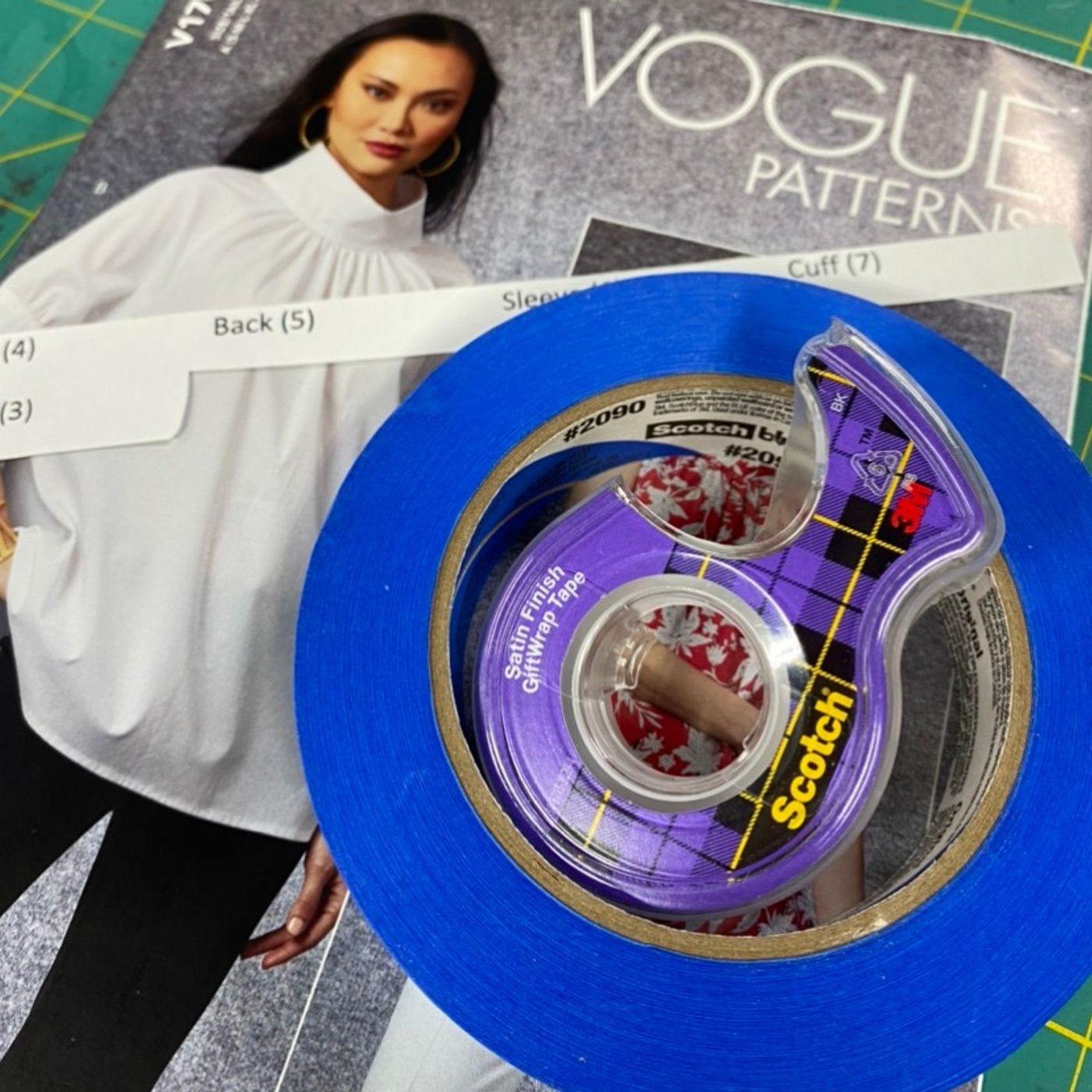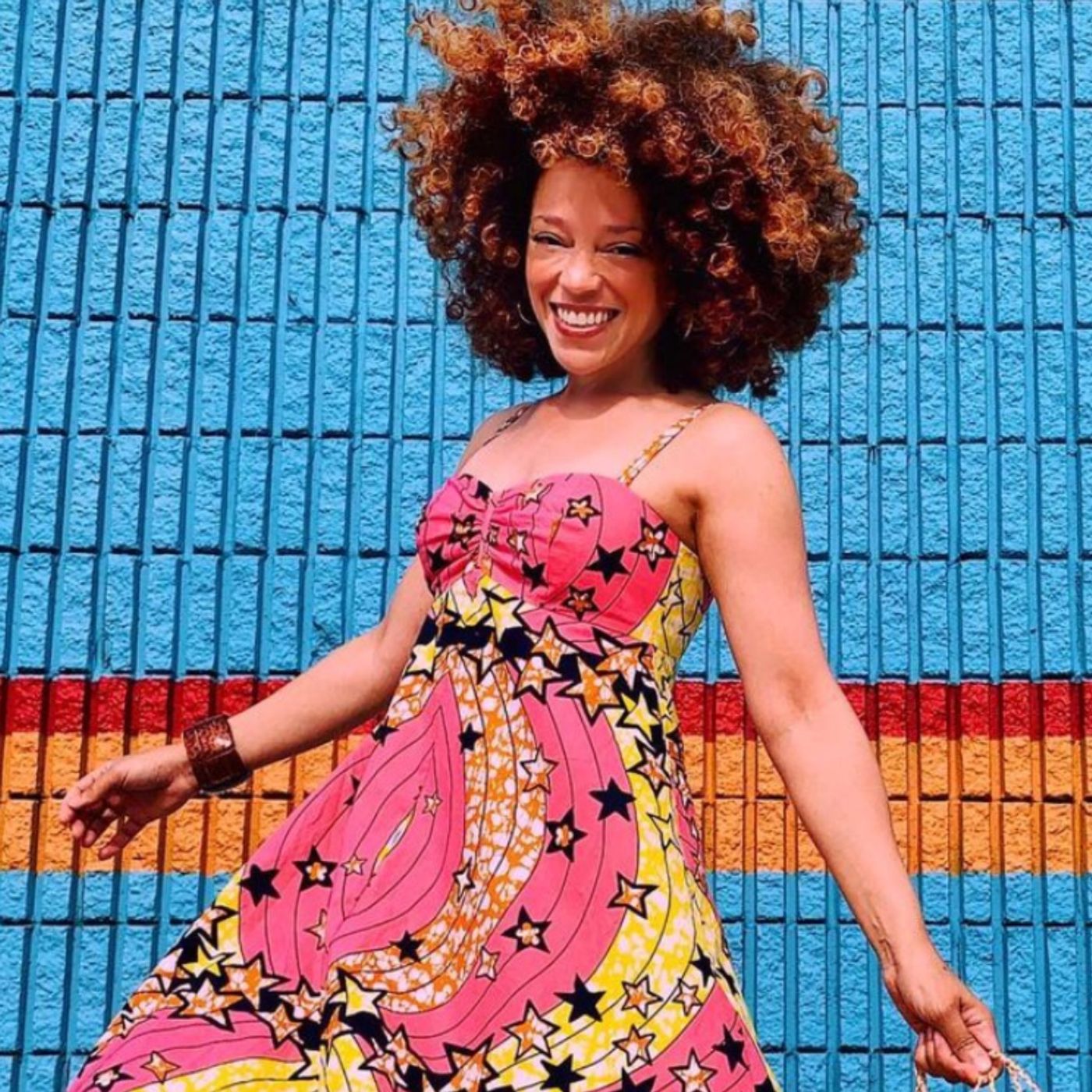Sign up for the Black Women Stitch quarterly newsletter!
Check out our merch here
Leave a BACKSTITCH message and tell us about your favorite episode.
Join the Black Women Stitch Patreon
Ella Clausen
When Ella Clausen fell in love with sewing, she fell HARD. She started a few months before the pandemic began and has been riding a wild frenzied wave ever since, savoring every seam, learning all that she can about this skill from patternmaking to couture tailoring and everything in between. Ella lives in Oakland, California where she works for a nonprofit foundation that’s a part of Levi Strauss & Co. She is a first-generation American, a Black-Filipinx maker raised by a single mother, and a believer in the power of strong women.
Lisa Woolfork
Lisa Woolfork is an associate professor of English specializing in African American literature and culture. Her teaching and research explore Black women writers, Black identity, trauma theory, and American slavery. She is the founder of Black Women Stitch, the sewing group where Black lives matter. She is also the host/producer of Stitch Please, a weekly audio podcast that centers on Black women, girls, and femmes in sewing. In the summer of 2017, she actively resisted the white supremacist marches in her community, Charlottesville, Virginia. The city became a symbol of lethal resurging white supremacist violence. She remains active in a variety of university and community initiatives, including the Community Engaged Scholars program. She believes in the power of creative liberation.
Insights from this episode:
- How cherishing pieces that have been passed through generations and the practice of sewing itself can connect us with our heritage
- Turning STEM into STEAM and valuing the physics and engineering skills involved in designing and sewing our own clothes
- How Ella decided to make her own wedding dress and the skills that she developed in doing so
- The process of designing patterns for Mimi G’s Know Me line for Simplicity, developed solely by makers in the sewing community
Quotes from the show:
- “If there is something in your vision that you know is not at the store and you can create it from nothing or from the raw material of your imagination? That’s joy. That’s power. That’s freedom.” – Lisa Woolfork, Stitch Please, Episode #52
- “It’s beautiful, the connectedness and the longevity, to think that the things I might create, this jacket I’m wearing, could have so much meaning to someone 2 or 3 generations down the line if it’s repaired and held together and treasured.” – Ella Clausen, Stitch Please, Episode #52
- “Sewing doesn’t save you money unless you have expensive taste.” – Ella Clausen, Stitch Please, Episode #52
- “Do not be the force that holds yourself back. Go for it. Try it. Don't listen to that voice that’s telling you that you can’t do something.” – Ella Clausen, Stitch Please, Episode #52
Resources Mentioned:
- Ella’s 6-part Project Wedding Dress blog series
- Stitch Please episode: Parallel Universe Mystery Quilt with Ebony Love, Latifah Saafir, Gyleen Fitzgerald
- TipStitched blog
- Techno-Vernacular Creativity & Innovation by Nettrice R. Gaskins
- Ella’s Know Me by Mimi G pattern
Stay Connected:
YouTube: Black Women Stitch
Instagram: Black Women Stitch
Facebook: Stitch Please Podcast
Lisa Woolfork
Instagram: Lisa Woolfork
Twitter: Lisa Woolfork
Ella Clausen
Website: Handmade Millennial
Instagram: Handmade Millennial
Pinterest: Handmade Millennial
TikTok: Handmade Millennial
YouTube: Handmade Millennial
Subscribe to our podcast + download each episode on Stitcher, Apple Podcasts, and Spotify.
This episode was produced and managed by Podcast Laundry.
Sign up for the Black Women Stitch quarterly newsletter
Check out our merch here
Leave a BACKSTITCH message and tell us about your favorite episode.
Join the Black Women Stitch Patreon
Check out our Amazon Store
Stay Connected:
YouTube: Black Women Stitch
Instagram: Black Women Stitch
Facebook: Stitch Please Podcast



